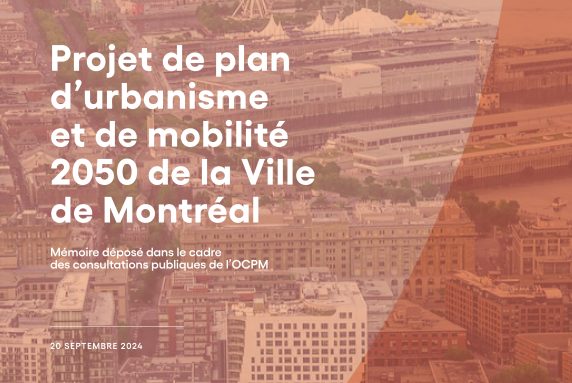Land use planning is transforming our living environments. Our experts dissect the issues raised by current events and share the news and ideas that make us progress together.
Articles
Public spaces: management and governance issues
Chapters
In a two-voice conference organized by La Pépinière, Jérôme Barth and Jérôme Glad reflected on the contributions of the conservancy’s public-private partnership model for the management of our urban public spaces.
This virtual exchange offered a toolbox for thinking about the post-pandemic future, which today remains relevant for ensuring well-being and public health in the city.
Urban infrastructure management issues
Urban infrastructure management and governance have been the subject of much debate since the 1970s. The issues of financial responsibility for the development, construction and maintenance of public spaces through public-private partnerships have been analyzed from the perspective of the improvement of development, the fragmentation of the urban experience and the encouragement of urban citizenship.
The conference by Jérôme Barth and Jérôme Glad offers a new perspective on these discussions. The discussion between these two experts highlights that the times of crisis – financial, health, environmental, etc. – can also open the opportunity to update the management and governance formulas of public spaces.
The importance of social infrastructures which, on top of the physical infrastructures, shape the city’ s conviviality is recognized. Due to the smaller development budgets for this layer of urbanity, creative solutions promote low-cost, light-weight amenities that increase the opportunities and quality of these social interactions.
In a context of public health and well-being in cities, public spaces play an even more important role: they allow for experimentation with different forms of socialization. Knowing the existing range of management and governance options would make it possible to reduce the pressure on public authorities while making a wide range of spaces accessible to the greatest number of people, in a perspective of territorial equity.
The conservancy model
Jérôme Barth (Town Square, placemaking) draws on his experience managing the Bryant Park Conservancy in Manhattan. Delegating the management of the public good to community and private actors is one of the initiatives developed in New York during the financial crisis of the 1970s. Along with social services for the homeless, charter schools and business improvement districts, the conservancies allowed New York to regain its financial freedom and shed its image as a city in crisis and without a future. It became attractive again and positioned itself as a world city.
The conservancy’s business model involves distributing grants to private or community groups who, in exchange, provide a mix of services to a defined geographic area.
This approach focuses on the local scale. It is based on various currents of thought, including that on the governance of the commons, led by Elinor Ostrom. Her work on polycentric governance models demonstrates that it is possible to bring together, within a complex system, a wide variety of actors with divergent or conflicting interests. These models make it possible to offer sustainable solutions, based on consensus and by considering specific contexts.
À New York, une dizaine de partenariats ont été mis en place, de la Greater Jamaica Development Corporation à la High Line.
The Bryant Park Conservancy has resulted in many benefits. It has closed the street furniture gap (umbrellas, tables and chairs, exemplary maintenance of public restrooms, landscaping), reduced public spending, created vibrant spaces, and increased the number of employment opportunities at the site.
This success is due to the prior definition of a common strategy and direction between public and private partners, as well as to the efforts made to ensure that the transfer of skills is well managed.
Having the right people around the table increases the chances of success and defines a common interest in managing the space.
According to the speaker, the conservancy approache would free us from the constraints of public management while offering improved services and infrastructures for the benefit of all. Bryant Park’s tenfold increase in its annual budget and its increase in visitors from 200 000 to 8 million are signs of success.
For more details
- Conference organized by La Pépinière et with Jérôme Barth (TownSquare, placemaking) et Jérôme Glad (La Pépinière) as speakers.
- Greenberg, M. (2008). Branding New York. How a City in Crisis was sold to the World. New York: Routledge.
- Ostrom, E. (1990). Governing the Commons: The Evolution of Institutions for Collective Action. Cambridge University Press.
- Project for Public Spaces: https://www.pps.org/
- Conference organized by La Pépinière et with Jérôme Barth (TownSquare, placemaking) et Jérôme Glad (La Pépinière) as speakers.
- Greenberg, M. (2008). Branding New York. How a City in Crisis was sold to the World. New York: Routledge.
- Ostrom, E. (1990). Governing the Commons: The Evolution of Institutions for Collective Action. Cambridge University Press.
- Project for Public Spaces: https://www.pps.org/





















